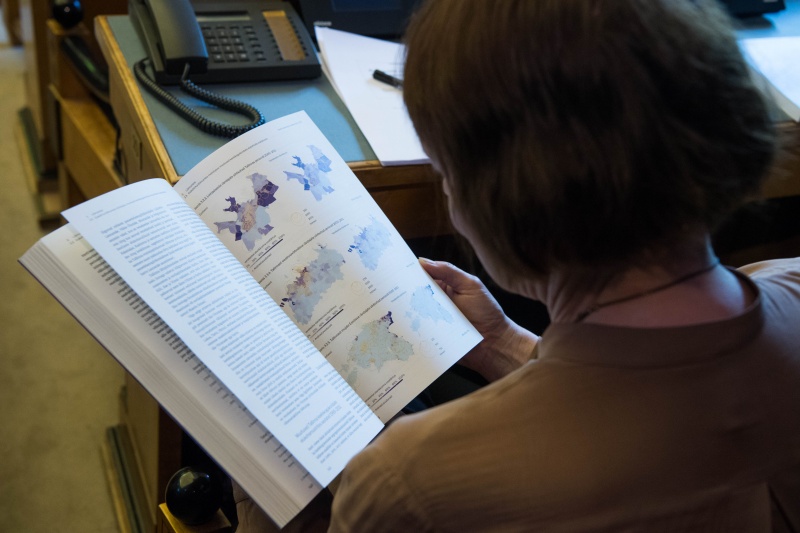Estonian will not be able to maintain its population size without immigration, according to the fresh Human Development Report, which fund that if high rates of emigration continue and birth rates remain low, Estonia’s population could shrink to below 800,000 by the end of the 21st century.
According to the authors of the report, which will be introduced to the Riigikogu on Thursday, Estonia needs a proactive policy on how to solve the issues of population decline, migration and integration, the Estonian Cooperation Council told BNS.
The Human Development Report 2016/2017, titled “Estonia in an Era of Migration” and edited by Tiit Tammaru, professor of urban and population geography and director of the Center for Migration and Urban Research at the Department of Geography of the University of Tartu, is a result of the work of more than 40 scholars. It focuses on the impacts of the new era of migration, transnationalism, societal cohesion, preservation of the Estonian population as well as and language and culture.
According to the report, Estonia and the rest of the world are currently entering a new era of migration, which, in addition to extensive migration, is characterized by a changed nature thereof.
The migration happening globally has one distinct common feature, which is that its direction is toward places with a higher level of well-being. Measured by the Human Development Index, the improvement in well-being in Estonia over the past 25 years has been one of the fastest in Europe. In terms of education and health, Estonia stands up to comparison with other countries with high levels of human development. In terms of wealth, however, Estonia is still lagging behind and the level of inequality remains high.
Improved well-being has increased immigration to Estonia, in particular from third countries. The year 2015 was significant in that, for the first time in 25 years, the number of people who took up residence in Estonia exceeded the number of those who left. Thus, Estonia is experiencing a migration turnaround.
Not all people in Estonia are in a position to fully benefit from welfare gains, however, in particular unskilled workers and those living in remote areas. This is still the main cause of emigration to Finland and other EU member states with a higher standard of living.
If emigration continues to prevail and birth rates remain low, Estonia’s population size will drop below 800,000 by the end of the 21st century, according to an estimate offered by the Human Development Report. One of the conclusions of the report is that the Estonian population will grow only if 30 years from now every woman has at least two children and some 200,000 immigrants have taken up residence in the country.
In order to maintain population size, contributions must be made to both family and migration policy. Estonia has become dependent on migration — in other words, the present population size can not be preserved by increasing the birth rate alone, and favoring immigration is inevitable. The authors of the report propose drawing up a migration strategy in order to throughly examine all of the country’s main migration policy goals.
The report also arrives at the conclusion that social cohesion between the country’s Estonian-speaking and Russian-speaking portions of the population is weak, one of the reasons for which is a linguistically segregated kindergarten and school system, which divides children into two parallel worlds based on whether their native language is Estonian or Russian.
The experience of European countries with mass immigration of skilled and unskilled workers demonstrates that while necessary jobs are quickly filled, it comes at a price: long-standing problems related to a decline in social cohesion.
The authors of the report argue that under the present conditions of newly increasing immigration, it is time for Estonia to take decisive steps to join together its linguistically- and ethnically-based parallel worlds. Kindergarten and school are institutions through which change can be initiated, and this must be done, they found.
A separate chapter in the report addresses transnationalism, or a situation in which, in an open world, the territories of countries and the places where people live and work no longer coincide. Today’s Estonia is a transnational country where communities, businesses and people, both in Estonia and abroad, remain in close contact with each other. This means that the issue concerning the belonging — politically, in terms of citizenship, taxation or social welfare — of the people living in a transnational world must be solved. The report poses questions regarding how long a person must stay, how much property they must own or how much in taxes they must pay in their home country, the country where their winter home is located or where they work in order to be granted the right to vote in election, for example.
Considering all the above, the authors of the report propose drawing up a migration and human assets strategy for Estonia.
